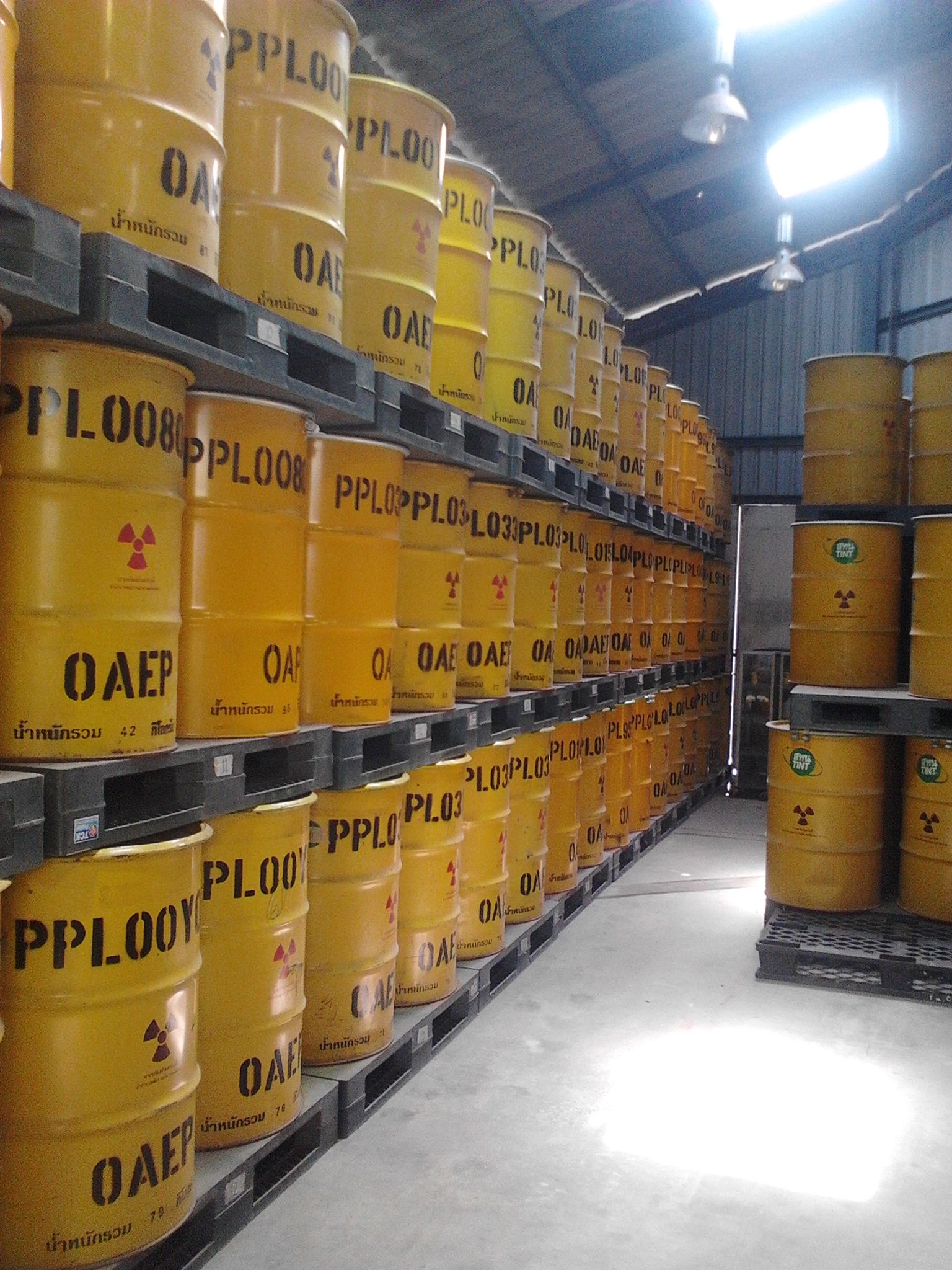As the global shift towards low-carbon energy sources accelerates, several countries are advancing their nuclear power programs to combat climate change. This includes the development of geological disposal facilities (DGRs) for high-level radioactive waste. Among the leaders in this field are Canada, Finland, France, Sweden, and Switzerland, with Finland's Encapsulation Plant (EP) and DGR standing out as pioneering projects.
The EP, where spent nuclear fuel will be sealed in canisters, and the DGR, where these canisters will be permanently stored nearly 500 meters underground, are critical to Finland's commitment to nuclear non-proliferation and environmental safety. These facilities are designed to meet international standards, including compliance with the International Atomic Energy Agency (IAEA) safeguards agreements.
Marko Hämäläinen, Section Head of Nuclear Materials Safeguards at Finland’s Radiation and Nuclear Safety Authority (STUK), emphasized the significance of Finland’s collaboration with the IAEA. “Finland’s collaboration with the IAEA exemplifies a strong commitment to fulfilling our international non-proliferation obligations through effective safeguards,” he noted.
The EP and DGR present unique challenges for IAEA safeguards inspectors, particularly due to their depth and long-term operational timeline. As the first facilities of their kind under a comprehensive safeguards agreement, they require innovative approaches to verify the stored nuclear material. Access limitations and the need for long-term verification methods are central concerns for the IAEA.
Courtney Ames, a Nuclear Safeguards Inspector at the IAEA, highlighted the complexities involved: “As safeguards inspectors, we need to verify the spent nuclear fuel before it is transferred to the EP and DGR facilities. We then implement safeguards measures to ensure the fuel is not diverted or substituted, and that the facilities are not used for undeclared purposes.” The challenge lies in maintaining continuous knowledge of the material, especially given the restricted access to the repository.
The IAEA, European Commission, and STUK are working together to develop and implement effective safeguards measures. The Encapsulation Plant and Geological Repository (EPGR) project, initiated by the IAEA in 2012, addresses these challenges through Safeguards by Design (SBD) principles. SBD involves incorporating safeguards considerations from the early planning stages and throughout the facility's lifecycle, minimizing operational impacts and enhancing efficiency.
Hämäläinen noted the benefits of this approach: “Through the EPGR project, we have implemented safeguards by design. This proactive approach reduces the need for retrofits and saves valuable resources for the operator, STUK, the IAEA, and the European Commission.”
Recent developments also include advanced remote monitoring systems to reduce the need for on-site inspections and minimize associated carbon emissions. Technologies such as seismic monitoring and laser-based containment systems are being employed to enhance security and verification. Seismic monitoring can detect any unauthorized access attempts, while laser-based systems analyze container seals for tampering.
By 2025, the EP and DGR facilities are expected to be fully operational, providing a robust solution for managing and disposing of spent nuclear fuel. The collaborative efforts of the IAEA, European Commission, and STUK, combined with innovative safeguards approaches, are crucial for supporting the transition to low-carbon nuclear energy while ensuring stringent verification and safety standards.











